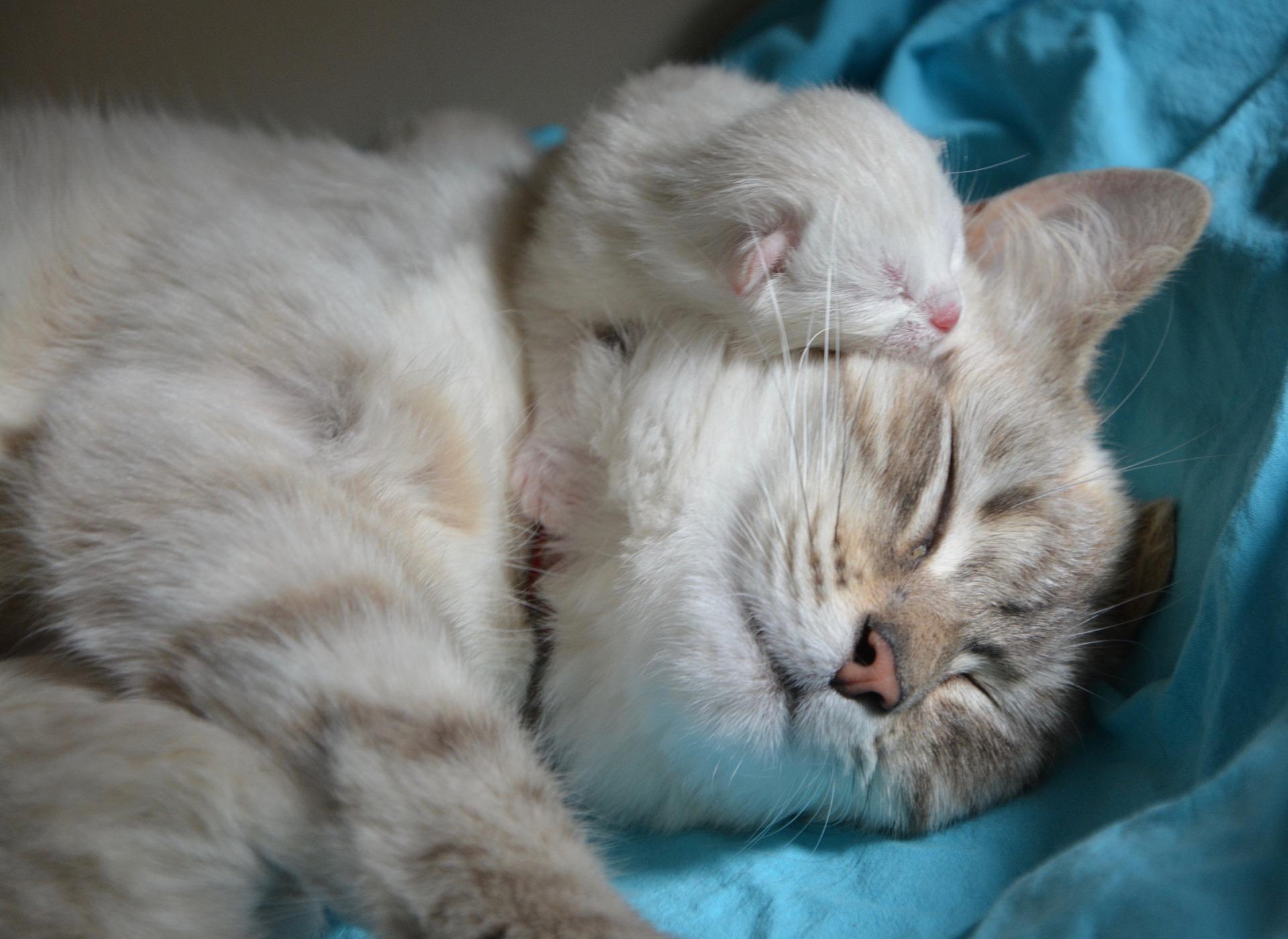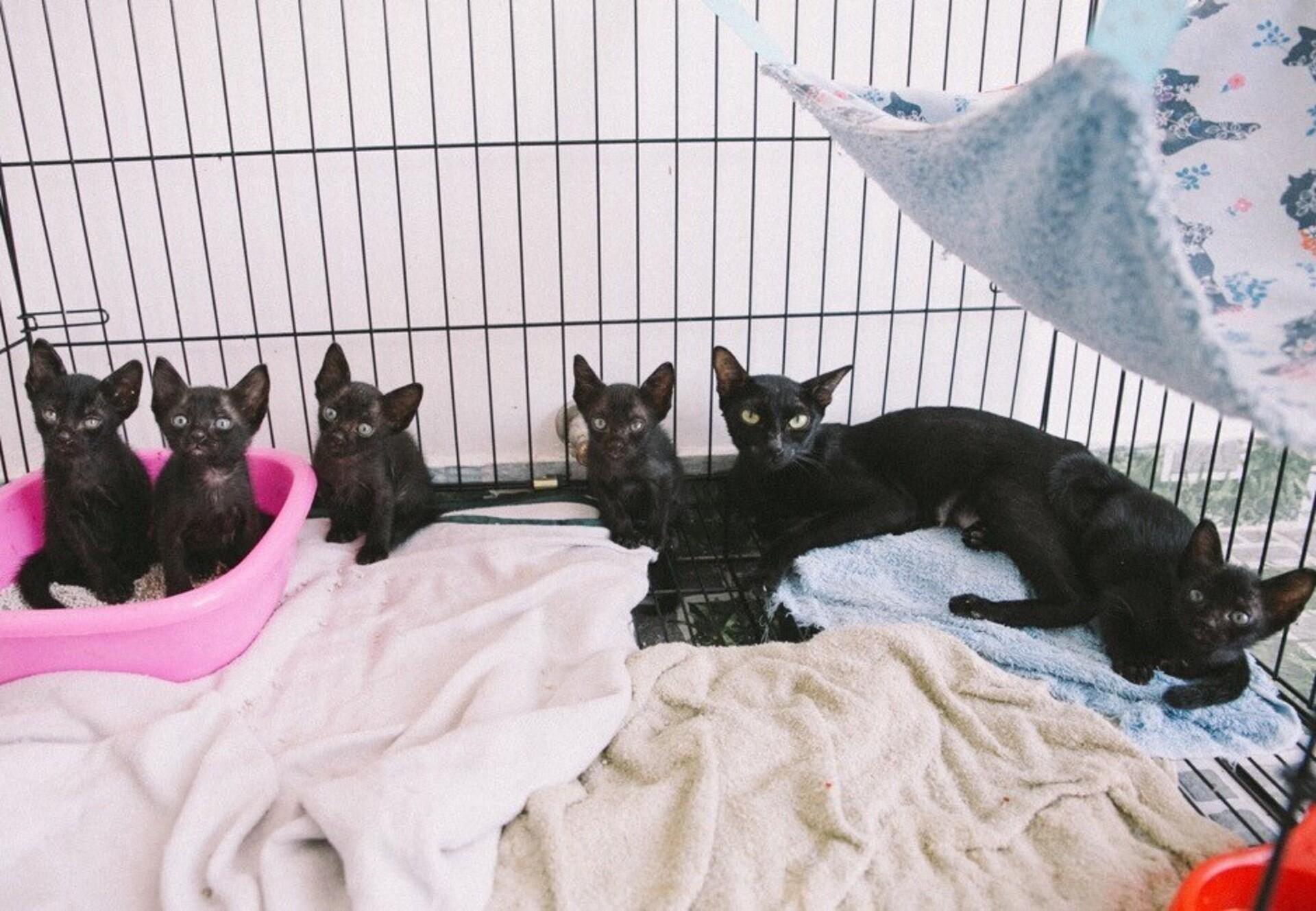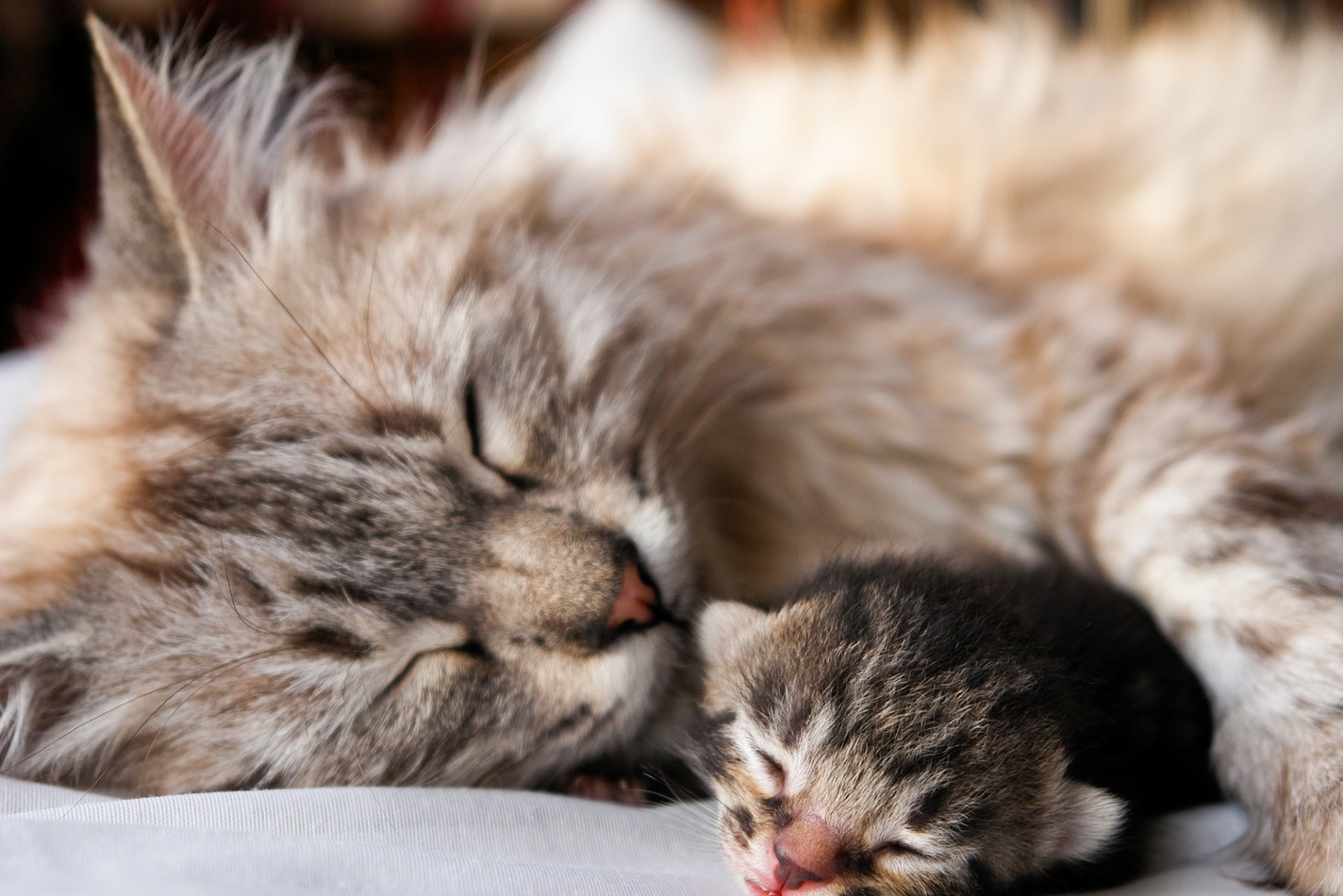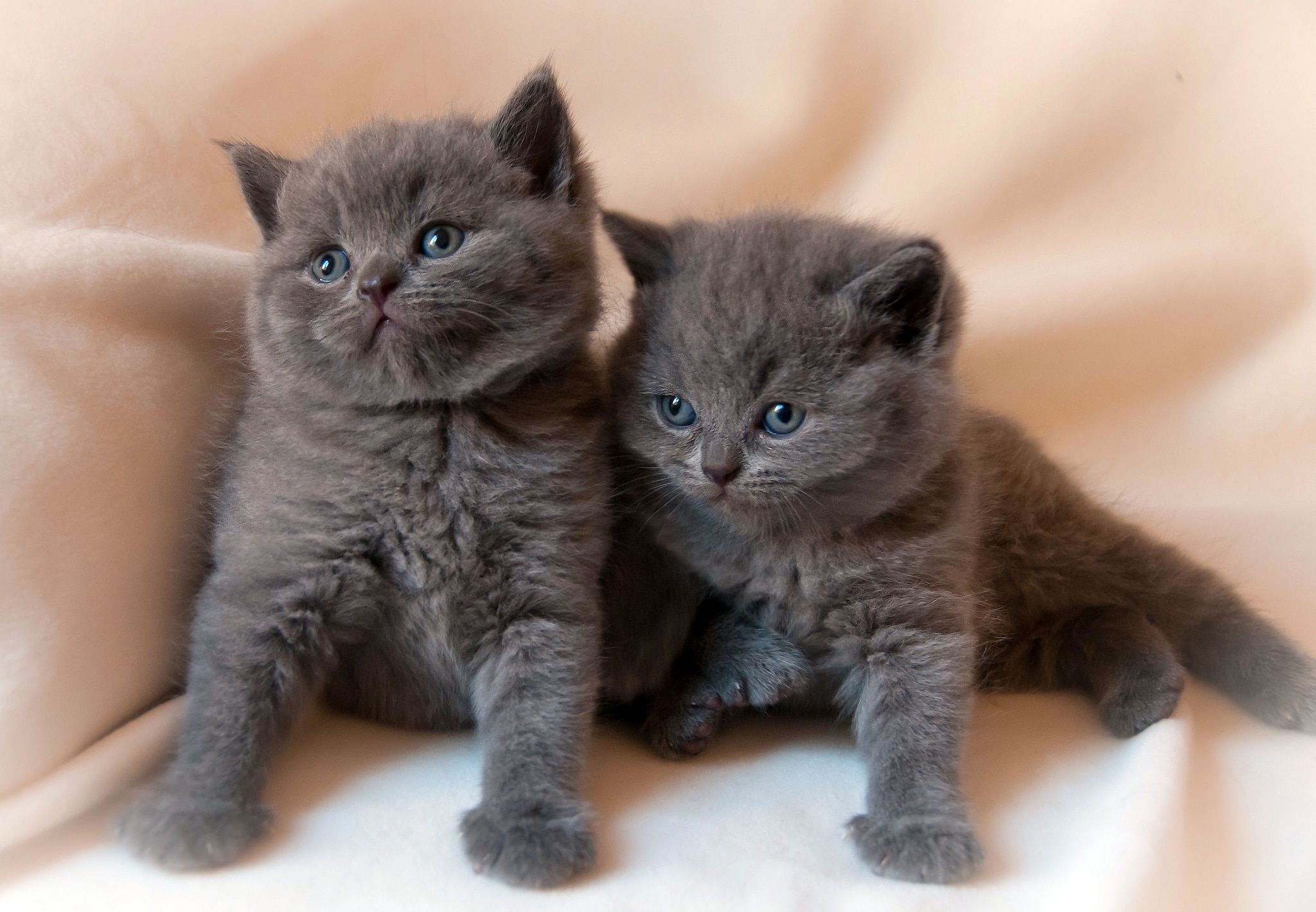
Would you like to know how many cats a new cat can have? The feline can become a mother very early, between 4 and 6 months of age. After eight weeks of gestation, she will give birth to a few beautiful balls of hair - or hairless 🙂 - that she will normally take care of with much care and tenderness.
The problem is that there are more and more cats in the world, and there will be many who will never find a good home and many more will die in the streets when they are young. For this reason, it is important to know how many kittens a new cat can have in order to continue creating awareness of the need to neuter her before pregnancy occurs.

It is not clear how many kittens a new cat can have. The normal thing is that it has from 1 to 6, but there is no exact or universal number that occurs in all cats. What we do know is that, in all probability, if after the first pregnancy she has 4, after the second she will have 6 to 8. Knowing this, now the question is: what will be the future of these little ones?
Unless we are professional breeders, if one day our feline shows up with a swollen belly, what do we have to do? Well, we have several options: start looking for a good family for the little ones, make a piggy bank to keep them in case we decide to keep them, or take her to castrate.
Each of those options is just as valid and good, but what We should never do is wait for you to have the little ones to decide what to do. Why? Because in the event that we decide to give them up for adoption or to give ourselves away, we are going to need time -weeks- to find those people who really want and can take care of a baby; because if we decide to stay with everyone we will have to buy several things -feeding bowls, drinking bowls, beds, etc.; and because if we choose to take her to be castrated, we have to do it before the first month of pregnancy passes, since otherwise the operation will be much more complicated.
For all this, I recommend thinking about what you will do as soon as you notice that your cat is pregnant.
How many kittens are in a litter?

Witnessing the arrival of another creature into the world is an incredible experience, be it human or animal. Most female cats have a litter of three to five kittens, but feline litters can range in size from one to more than 10. That's a great variety. So what kinds of factors can affect litter size?
Factors influencing litter size
Experts say that the age and health of the mother, as well as the genetic backgrounds of both parents, influence litter size. For example, a young or first-time female cat usually produces a smaller litter of up to three kittens.
Breed can also affect the number of kittens in a litter. Siamese-type cat breeds often have larger litters, Persian-type cat breeds often have smaller litters and Manx cats lose a quarter of the kittens in each litter if they are raised without a tail.
Female cats are seasonal breeders, which means they go into heat, or heat, during certain seasons of the year. Outdoor cats usually look for females in spring and summer when the days get longer, and stop when the days get shorter. Because indoor cats are exposed to artificial lights, they may want to ride year-round.
Female cats are also induced or reflex ovulators. This means that the act of reproduction stimulates or induces ovulation or the release of eggs from the cat's ovaries. Because of this, the more breeding encounters the cat has, the more kittens are produced and they can be from different parents.
Certain feline infections can affect litter size and vitality. For example, feline infectious peritonitis can decrease the fertility of the infected cat or impair the kittens' ability to thrive. And pregnant cats that become infected with feline panleukopenia virus or feline distemper may end up with stillborn kittens, reduce the number of kittens at birth, or even abort the litter if the cat becomes infected early in pregnancy.
The virus can affect brain development in surviving kittens and cause cerebellar hypoplasia and mobility problems if the cat becomes infected later in the pregnancy. As with humans, the nutritional status of the mother can also change the outcome of her pregnancy and the health of her kittens. If the cat is starving or malnourished, it influences the number of kittens that are stillborn.
How many cats does he have?

To find out how many kittens your cat has, taking her to the vet is the best method. During gestation, with an average duration of 63 to 66 days, there are three commonly used methods that vets use to find out how many kittens will be in a litter.
Sometimes you can palpate the pregnant uterus and feel the amniotic sacs and get a rough idea. Ultrasounds can also be used to confirm pregnancy and estimate litter size. For a more accurate count, experts recommend an X-ray in later pregnancy. This is important information because giving birth to a first-time cat can be difficult if there are only one or two kittens.
Kitten babies can be quite large and may not pass well through the birth canal. In some cases, a C-section may be required to save the life of the cat and / or her kittens. Also, when the mother is giving birth, they sometimes give birth to some but not all of the kittens. If the kitten remains in the womb, it will die and can cause a life-threatening uterine infection and peritonitis to the cat.
As if that were not enough, if the cat has a large litter and does not have enough milk, the kittens may need supplementary feeding by another recently born cat, by bottle or feeding tubes. There are also times when queens ignore smaller, weaker kittens, which may die or require orphan-type care.
To avoid future litters, as we have mentioned above, the ideal is to sterilize the cat once she has finished breastfeeding her kittens. It is worth remembering that the number of kittens born to the same cat depends on how many times they breed during heat, their age, the fertility of the male, their nutritional status, your illness status, your stress status, and more.